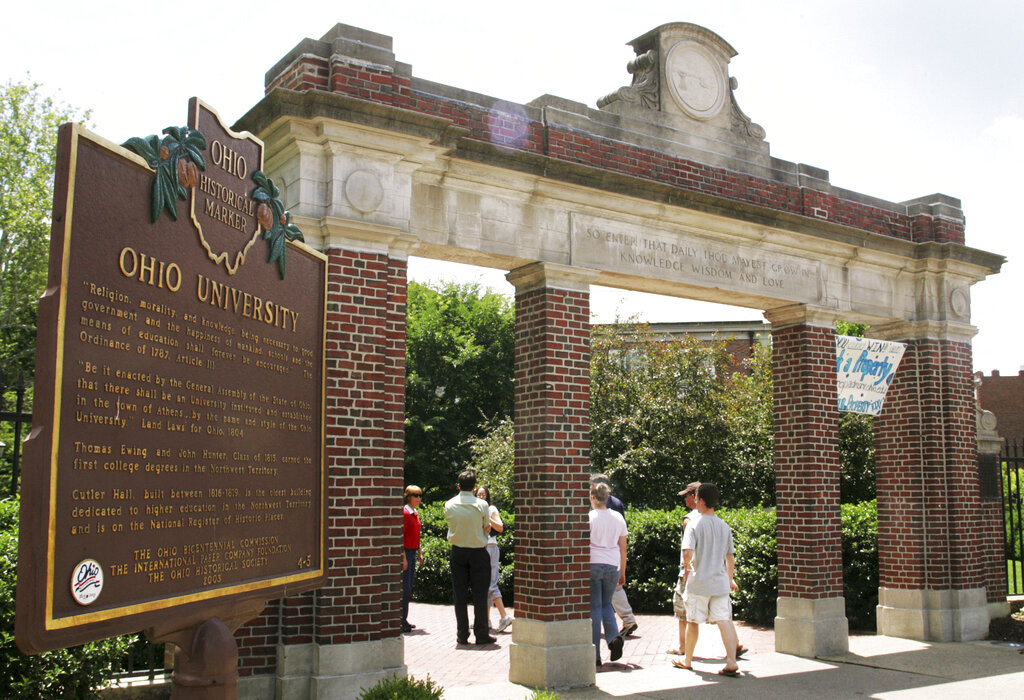COLUMBUS, Ohio (WCMH) — While local homebuyers are struggling with rising prices, national studies show Ohio still ranks among the most affordable in the U.S. for housing.
A new study by WalletHub shows Ohio households spend the fifth lowest percentage of their monthly income on housing—an average of 20%, including utilities. The national high is in Hawaii, where the average is 53%. The average household in Ohio spends an average of $1,183 per month on mortgage and energy payments.
But the prices in central Ohio right now are trending far higher, especially with stand-alone homes.
“Just the entry level home, you’re looking at a mortgage payment of $3,000 a month. That doesn’t feel like central Ohio to me,” said Carlie Boos, the Executive Director of the Affordable Housing Alliance of Central Ohio. “You’ve got a lot of first-time homebuyers who are looking at that situation. They’re going: How long do I delay these milestones? What does retirement look like if I can’t even buy my first home until I’m 40, 45? Those are the things that will affect us for generations.”
The U.S. Department of Housing and Urban Development (HUD) defines affordable housing as paying 30% of less of your annual gross income on rent or a mortgage, including utilities. “We just are in such a supply crunch and our housing tools have been so constrained that we’re off that standard now,” Boos said.
The Affordable Housing Alliance uses data to solve housing gaps in the region, and in a recent survey of central Ohio residents the organization found residents are generally in favor of affordable housing and multi-family housing development.
“80% of people were overwhelmingly in support of a huge variety of policy tools that we know can lower housing prices. When you add in the ‘don’t cares’ it jumps up into the 90%,” Boos said. “You name another policy issue facing this country where you’ve got 97% of people who are all in favor of moving forward. And I’ll buy your coffee. That doesn’t happen. We don’t see this kind of agreement on any other issue.”
What’s causing the disconnect between affordable housing planning and delivery? Boos cites the five “L’s” of construction: Labor, lumber, land, laws and loans. Builders say those, along with rising interest rates, are crushing affordable construction.
“It’s an incredibly important topic. It’s challenging one to solve for with today’s construction costs and today’s development costs,” said Bob White Jr., CEO of the Daimler Group.
While builders say it’s extremely tough to make a profit on those developments, they also recognize the problem and hope to play a role in the solution.
“We’re all as developers committed to this region, committed to the success of Columbus, committed to the mixed-use nature of what it means to to be successful of creating these different types of projects and being responsive to all the initiatives of affordability,” White Jr. said. “The city (Columbus) has been very proactive and very creative in how they’ve figured out ways to try to assist in bridging that gap, to try to incent developers to develop expensive projects, but then maintain some affordability within those projects.”
Columbus’ “Zone-In” initiative to update the city’s zoning laws for the first time in 70 years is a mission to not only add housing stock but boost affordable options throughout the city.
“Updating the code will help us grow in a dynamic but in an inclusive way moving forward.” said Mayor Andrew Ginther. “It’s absolutely critical we get more units at every price point. By the way, I need more market rate, more affordable, more permanent supportive housing, because that’s why rents and home prices are rising faster than folks’ incomes right now.”
“If you have just one family member who is worried about where they’re going to sleep tonight or worrying about how they’re going to pay that mortgage, your appetite for policy change ticks up extensively,” Boos said. “When it starts to touch your family NIMBY falls apart.”
NIMBY stands for the classic argument against affordable housing—Not In My Back Yard. That mentality is why zoning changes, especially in the communities surrounding Columbus, have proven difficult.
“Ultimately, it’s appointed members of zoning boards that are making these decisions. And oftentimes they’re the ones who are being yelled at or screamed at like you’re trying to change our community,” said Sunbury mayor Joe St. John. “We have to realize what’s going on around us, that the region is short in housing. Right. What do we do to pivot to address that challenge?”
“Our zoning laws have not been expanding opportunities. It’s not been expanding choice. It’s not been letting people pick the kind of housing that they know is right for their family,” Boos said. “It’s this top-down government control of what you can do with land that you own and that you pay a mortgage on. And I think people are bristling at that very rightly.”
Affordability remains a massive concern as central Ohio has seen a rise in homelessness. This spring, the Community Shelter Board’s “Point In Time” survey found homelessness in the region grew by 7.4% over last year.
“How are we using our tax incentives and our tax investments to make housing more affordable? How are we using our bonding capacity to do that? Housing is part of our infrastructure,” Boos said.
If you are struggling to find, or stay in your current housing, resources are available. If you are facing eviction, Rentful614.com can provide help.
Bloom614.org is a site that assists black and other minority potential homeowners with guidance throughout the buying process.













